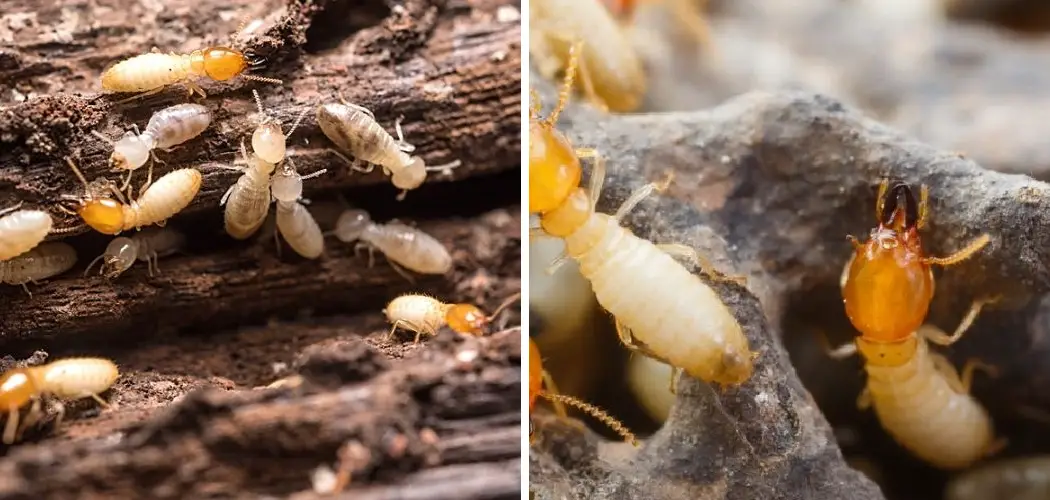Are you tired of seeing those pesky termites infest your home? Tent fumigation, also known as “tenting,” is a common method for eliminating these wood-eating pests. However, it can be costly and inconvenient for homeowners.

Termites are a homeowner’s nightmare, capable of causing substantial damage to a building’s structural integrity. Traditionally, fumigation or tenting has been the go-to method for eradicating these pests. However, many people seek alternatives due to the inconvenience and potential health risks associated with tenting.
In this guide on how to treat termites without tenting, we will explore various modern and eco-friendly techniques that promise to safeguard your home from termites while allowing you to enjoy the comfort of staying in your residence during the treatment process.
What Will You Need?
Before we dive into the different methods of termite treatment, let’s first gather the necessary tools and materials you will need to carry out these treatments successfully. The following are essential items that you should have on hand:
- Termite bait stations or liquid termiticides
- Hammer or shovel for digging
- Protective clothing (gloves, mask, eyewear)
- Sealant foam
- Caulk gun
- Vacuum cleaner
- Essential oils (tea tree, orange, neem)
It is also recommended to do a thorough inspection of your home beforehand to determine the extent of infestation. This will help you to identify the areas that require special attention and treatment.
10 Easy Steps on How to Treat Termites Without Tenting
Step 1. Inspect Your Home:
Start by conducting a meticulous inspection of your home, focusing on both interior and exterior areas. Look for signs of termite activity such as mud tubes, discarded wings, wood damage, and termite droppings. Pay special attention to wooden structures, especially those in contact with soil, as these are often targeted by termites. Use a flashlight and a screwdriver to probe and inspect for hollow sounds in wooden elements, which could indicate termite presence. Mapping out the affected areas will help you plan your treatment strategy effectively.
Step 2. Install Termite Bait Stations:
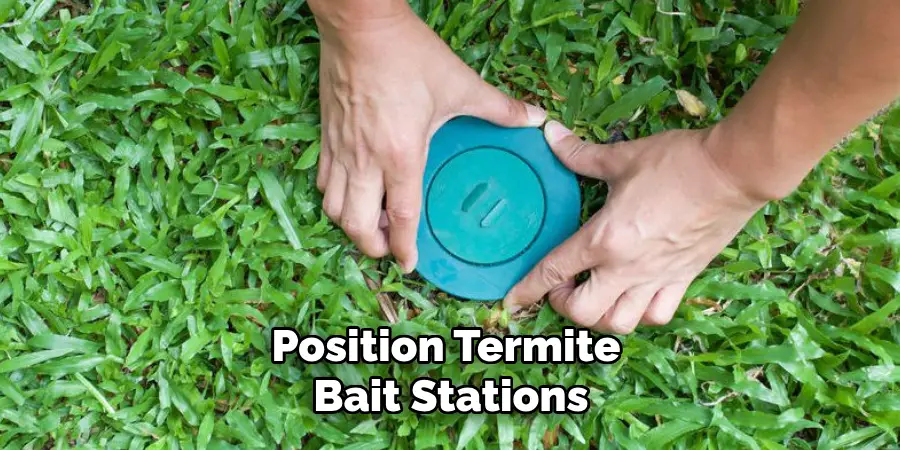
Position termite bait stations strategically around your property, particularly in areas where termite activity has been confirmed. These bait stations contain toxins that are carried back to the colony, effectively eradicating the termite population over time. Ensure the bait stations are properly maintained and monitored regularly to check for termite activity and bait consumption. This method is less intrusive than tenting and allows continuous monitoring and control of the termite problem.
Step 3. Apply Liquid Termiticides:
Consider applying liquid termiticides around your home’s perimeter for a more immediate solution. These chemicals create a barrier that kills termites on contact and prevents them from entering your home. Dig a trench around the foundation of your house and fill it with the termiticide according to the manufacturer’s recommendations. This barrier method effectively isolates your home from termite invasion without needing tenting or fumigation.
Step 4. Use Essential Oils:
Essential oils like tea tree oil, orange oil, and neem oil are natural alternatives to chemical treatments. These oils have been shown to be effective in repelling termites and disrupting their nervous system. Mix a few drops of the essential oil with water and spray it directly onto termite-infested areas. Repeat this process several times over a few weeks for best results. Essential oils are non-toxic to humans and pets and offer an eco-friendly solution to termite control.
Step 5. Seal Entry Points:
Identify and seal any cracks or openings in your home’s foundation, walls, and roof. Use sealant foam and a caulk gun to close these potential entry points that termites might exploit. This step is crucial in preventing termites from gaining access to your home. Additionally, repair any leaks or moisture problems, as termites are attracted to moist environments.
Step 6. Maintain a Clean and Dry Environment:
Termites thrive in environments with high humidity and abundant cellulose materials. Keep your home dry by repairing leaky pipes and ensuring proper ventilation. Store wood, cardboard, and other organic materials away from your home and off the ground. Regularly clean gutters and remove any debris that might create a conducive environment for termites.
Step 7. Use Beneficial Nematodes:
Beneficial nematodes are microscopic worms that act as natural predators of termites. When released into termite-infested soil, these nematodes seek out and kill termites by releasing bacteria that infect and kill the host. Purchase beneficial nematodes from garden supply stores and apply them according to the instructions. This biological control method is eco-friendly and highly effective in reducing termite populations.
Step 8. Apply Boric Acid:
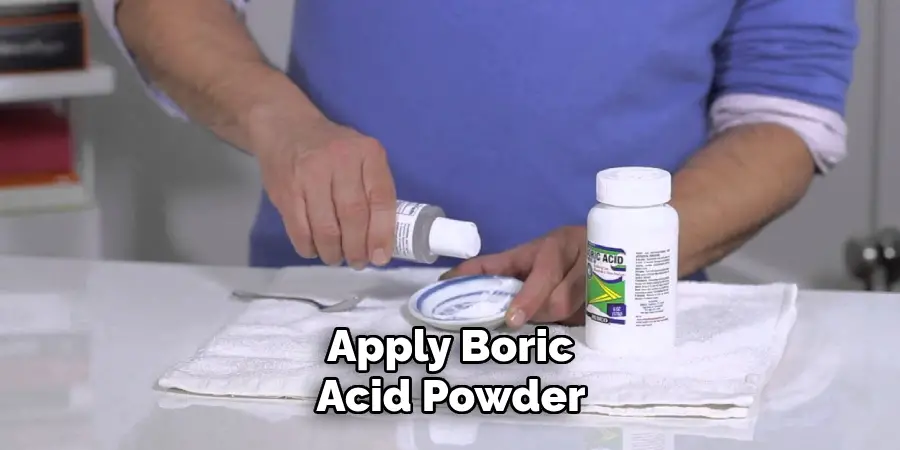
Boric acid is a well-known insecticide that can be used to control termites. Apply boric acid powder to termite-infested areas or mix it with water to create a spray solution. When termites come into contact with boric acid, it disrupts their digestive system, ultimately killing them. Be sure to wear protective gear when handling boric acid and keep it away from children and pets.
Step 9. Utilize Cardboard Traps:
Create cardboard traps by wetting pieces of cardboard and placing them in areas where you suspect termite activity. Termites are attracted to cellulose in cardboard and will feed on it. Once the cardboard is infested with termites, carefully remove it and destroy the infested material. Repeat this process to gradually reduce the termite population in your home.
Step 10. Regular Monitoring:
Consistent monitoring is key to successful termite control. After implementing the above methods, regularly inspect your home for any signs of termite activity. Check bait stations, look for new mud tubes or damage, and ensure that all treatments are maintained. Regular monitoring will help you catch any new infestations early and apply treatments promptly, preventing further damage to your home.
By following these steps, you can effectively treat termites without needing tenting or fumigation.
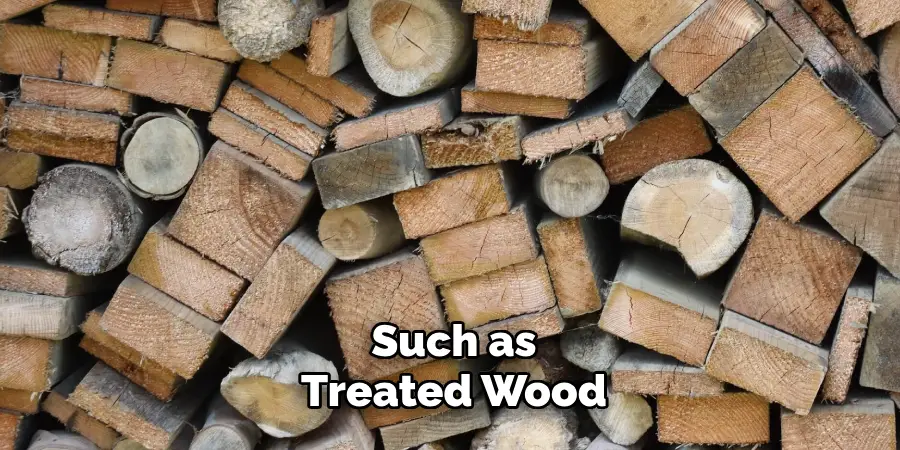
5 Additional Tips and Tricks
Tip 1. Use Diatomaceous Earth: Diatomaceous earth (DE) is a natural, non-toxic powder made from fossilized aquatic organisms. When termites come into contact with DE, they absorb the oils from their exoskeletons, causing them to dehydrate and die.
Tip 2. Use Heat Treatment: Termites cannot survive in high temperatures. Using heat treatment equipment, you can expose termite-infested areas to high temperatures, effectively killing the termites. This method is more suitable for localized infestations and can be used as an alternative to tenting or fumigation.
Tip 3. Consider Professional Help: If your termite problem is severe or you are unsure how to effectively treat it, consider seeking professional help from a licensed pest control company. They have the necessary expertise and equipment to handle challenging infestations and can provide long-term solutions for termite control.
Tip 4. Install Termite-Resistant Materials: When renovating or building your home, use termite-resistant materials such as treated wood, concrete, or metal. These materials are not attractive to termites and can help prevent future infestations.
Tip 5. Educate Yourself: Understanding the biology and behavior of termites can help you prevent infestations in the future. Learn to identify signs of termite activity, their preferred habitats, and ways to make your home less attractive to them.
With these additional tips and tricks, you can effectively control termites and ensure the protection of your home.
5 Things You Should Avoid
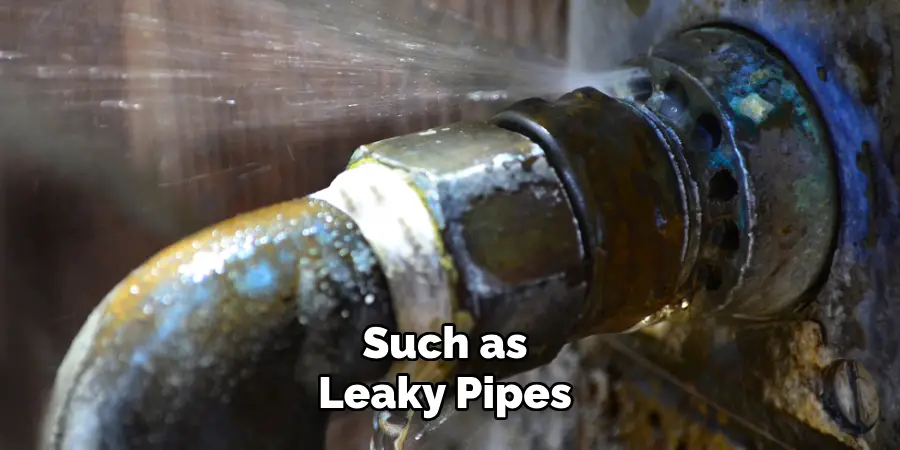
1. Ignoring Moisture Problems: Moist environments attract termites, providing them with the ideal conditions for thriving and reproducing. Failing to address moisture issues, such as leaky pipes or poor drainage, can render other termite treatment methods ineffective.
2. Using Untested or Harmful Chemicals: Applying unverified or hazardous chemicals can pose serious health risks to you, your family, and your pets. Stick to safe, tested treatments and, whenever possible, consider non-toxic alternatives.
3. Overlooking Regular Inspections: Skipping routine inspections can lead to termite infestations going unnoticed until significant damage occurs. Regular monitoring can help you catch early signs of termite activity and take proactive measures before the infestation becomes unmanageable.
4. Relying Solely on One Treatment Method: Termites can be resilient, and relying on just one treatment method might not be sufficient to eradicate them. Combining multiple treatment strategies is best to maximize the chances of successful termite control.
5. Neglecting Professional Assistance: Attempting to handle severe or extensive termite infestations alone can result in incomplete eradication and further damage. Don’t hesitate to consult with a licensed pest control professional if you are uncertain about the severity of the problem or if initial treatments don’t yield the desired results.
By avoiding these common mistakes, you can effectively manage and prevent termite infestations in your home.
Conclusion
In conclusion, how to treat termites without tenting involves a multifaceted approach that combines a variety of non-toxic and effective methods. By utilizing steps such as applying beneficial nematodes, boric acid, and cardboard traps, along with ensuring regular monitoring, you can significantly reduce termite populations and protect your home from extensive damage.
Furthermore, incorporating additional tips like using diatomaceous earth, heat treatment, consulting professional help, installing termite-resistant materials, and educating yourself about termite behavior can bolster your termite control efforts.
Importantly, avoiding common pitfalls like ignoring moisture problems, using untested chemicals, neglecting inspections, relying on a single treatment method, and skipping professional assistance when necessary will enhance the efficacy of your termite management strategy.
About
Angela is the chief editor of Indoorense. She began her career as an interior designer before applying her strategic and creative passion to lifestyle and home.
She has close to 15 years of experience in creative writing and online content strategy for housekeeping and cleaning,home decorations as well as other efforts.
She loves her job and has the privilege of working with an extraordinary team. She lives with her husband, two sons, and daughter in Petersburg. When she’s not busy working she spent time with her family.

